Chain-of-Thought Prompting for Complex Problems
ai-bsm.com
7/21/20253 min read


When facing complex business problems, the quality of your solution depends heavily on the quality of your reasoning process. Traditional approaches to using AI often focus on getting quick answers rather than developing robust reasoning. This leads to solutions that may seem plausible but contain hidden flaws or overlook important considerations.
By leveraging chain-of-thought prompting with ChatGPT, you can dramatically improve your problem-solving capabilities. This technique transforms ChatGPT from a simple answer generator into a collaborative thinking partner that walks through complex reasoning step by step, catching errors and uncovering insights that might otherwise be missed.
The Chain-of-Thought Prompting Framework
Follow this framework to solve complex problems more effectively:
Step 1: Problem Definition and Decomposition
Before diving into solutions, clearly articulate the problem and break it down:
Problem Decomposition Prompt I need to solve this complex problem: [describe your problem in detail] Before jumping to solutions, please help me decompose this problem by: 1. Restating the core problem in the clearest possible terms 2. Identifying the key components or sub-problems involved 3. Clarifying what a successful solution would look like 4. Noting any constraints or requirements that must be satisfied 5. Identifying what information we have and what might be missing Please think through this step by step, explaining your reasoning at each point.
This prompt ensures you have a clear, shared understanding of the problem before attempting to solve it.
Step 2: Structured Reasoning Process
Next, work through a systematic reasoning process:
Chain-of-Thought Reasoning Prompt Based on our problem decomposition, let's work through this problem step by step: For each component of the problem: 1. What are the possible approaches to addressing this aspect? 2. What are the key considerations or trade-offs for each approach? 3. What assumptions are we making, and how might they affect our solution? 4. What would be the logical next steps after each decision point? Please show your complete reasoning process, including: - Any calculations or logical inferences - Alternative paths you considered but rejected - Points where additional information would be valuable - How each step builds toward the overall solution
This prompt encourages detailed, transparent reasoning rather than jumping to conclusions.
Step 3: Solution Validation and Critique
After developing a potential solution, critically evaluate it:
Solution Validation Prompt We've developed this potential solution: [summarize the solution from the previous step] Now, let's critically evaluate this solution by: 1. Testing it against our original problem statement and success criteria 2. Identifying potential weaknesses, edge cases, or failure modes 3. Considering how different stakeholders might respond to this solution 4. Checking for logical inconsistencies or gaps in our reasoning 5. Comparing it to alternative approaches we might have overlooked Please be thorough in your critique, playing the role of both advocate and skeptic.
This prompt helps identify flaws in your reasoning before committing to a solution.
Step 4: Refinement and Improvement
Based on the validation, refine your solution:
Solution Refinement Prompt Based on our critical evaluation, let's refine our solution: The key issues we identified were: - [List main weaknesses or concerns from previous step] For each issue: 1. What specific adjustments could address this concern? 2. What would be the ripple effects of making this change? 3. Does this adjustment create any new potential problems? Please walk through each refinement step by step, explaining how it strengthens our overall solution.
This prompt helps systematically improve your solution based on the identified weaknesses.
Implementation Tips for Effective Chain-of-Thought Prompting
Be Explicit About Reasoning: Ask ChatGPT to "think step by step" or "show all work" in your prompts.
Challenge Assumptions: Regularly ask "what assumptions are we making?" throughout the process.
Consider Multiple Perspectives: Encourage exploring different angles and approaches to the problem.
Document Your Process: Save the entire chain-of-thought conversation for future reference.
Iterate When Needed: Don't hesitate to revisit earlier steps if new insights emerge.
By implementing chain-of-thought prompting, you transform problem-solving from a black-box process into a transparent, collaborative reasoning exercise. This approach helps you develop more robust solutions, identify potential issues early, and build confidence in your decision-making.
Need expert guidance on implementing advanced AI problem-solving techniques for your business? Contact AI Business Success Mentoring today. Our specialists can help you develop custom reasoning frameworks tailored to your specific business challenges. Visit ai-bsm.com to schedule your consultation.
Let's Talk
Pages
© 2024. All rights reserved.
Your Trusted AI Partner.
Important Links
Get in Touch
